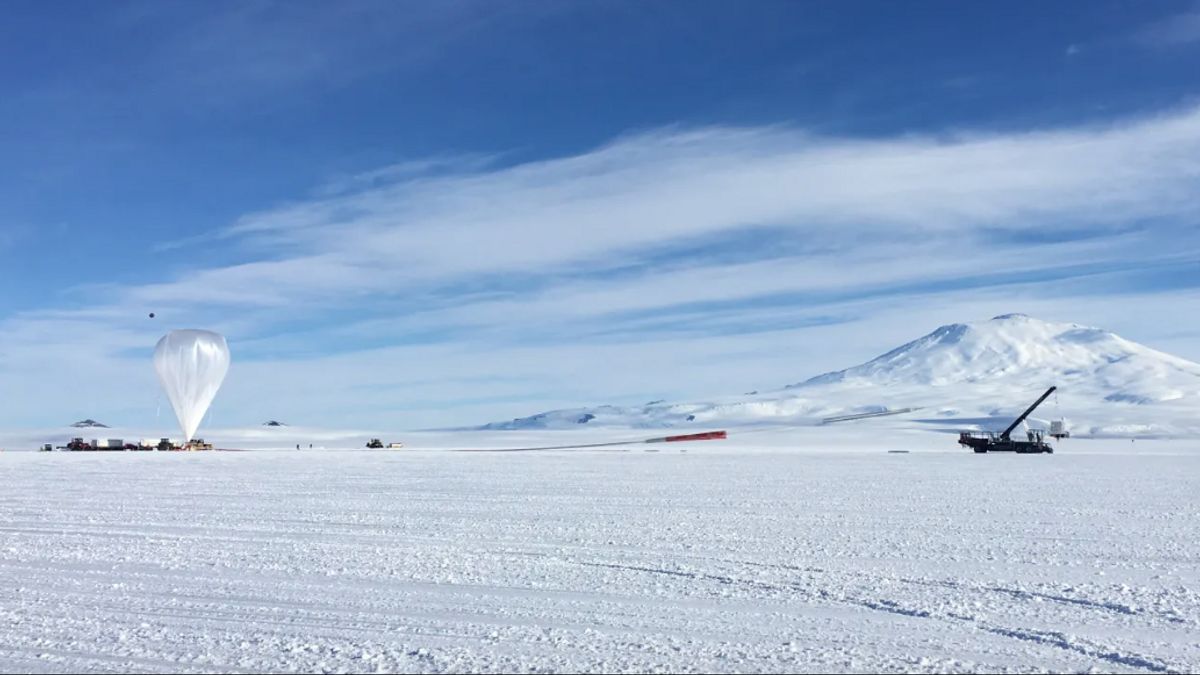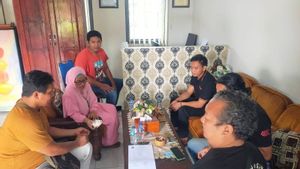JAKARTA As an annual program, the United States Aeronautics and Space Agency (NASA) will again launch the Space Long-Directed Balloon (LDB) on December 1.
Not different from last year's flight, the balloon will be launched from the LDB Camp near McMurdo Station, Antariks. LDB will carry five missions, one of which is the mission to break the LDB record for 55 days, 1 hour, and 34 minutes.
The long-duration annual balloon campaign in Space is the main event of the program for long-term missions, said NASA's Head of the Balloon Program (BPO) Office, Andrew Hamilton.
As per Hamilton's statement, LDB is part of the Spacertz Observatory's Galactic ULDB Spectroscopy (GUSTO) mission. For more than 55 days, LDB will be in the sky of the southernmost hemisphere.
This balloon will be used to map the Milky Way galaxy, including the center of the Galaxy and the Large Magellanic Cloud. GUSTO will read LDB data to explore the insight into the stellar life cycle through emission gas measurements.
SEE ALSO:
Apart from LDB, GUSTO has other missions such as the Anti-Electron Sub-Orbital Charge (AESOP-Lite), the Launch of the Solar Power Hand of the Long Duration Evaluation (LAURA), and the Launch of the Intergalactic Infrasonic Hand (Anihala).
The AESOP-Lite mission will be led by the University of Delaware and the University of California Santa Cruz. The two universities will measure electrons and positrons from the rays of the cosmos after flying the AESOP-Lite in a 60 million-foot balloon.
Meanwhile, LAURA is a mission led by the Columbia Scientific Balloon Facility to take advantage of solar panels. This balloon was previously only flown in for a few days, but NASA will turn it into a long-term flight.
Lastly, An hala is a support payload for the AESOP-Lite, but it is managed by the Swedish Space Physics Institute and the Sandia National Lab. This payload will measure background sound in the stratosphere at altitudes that do not reach human voices.
The English, Chinese, Japanese, Arabic, and French versions are automatically generated by the AI. So there may still be inaccuracies in translating, please always see Indonesian as our main language. (system supported by DigitalSiber.id)














